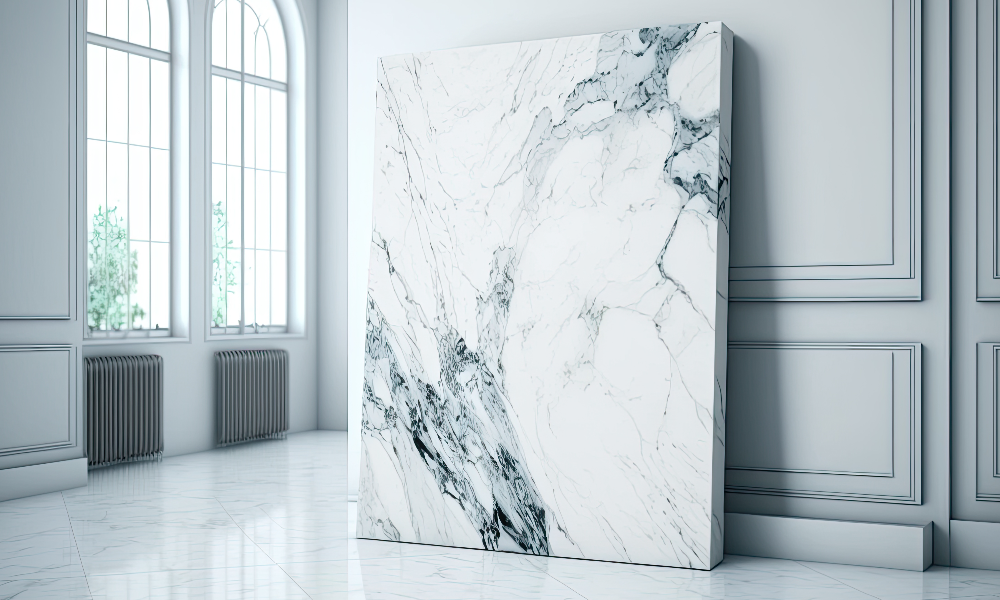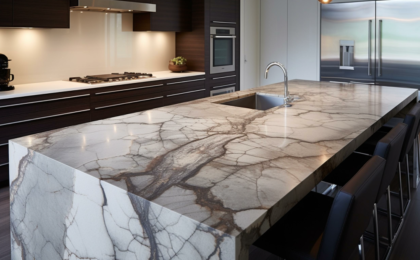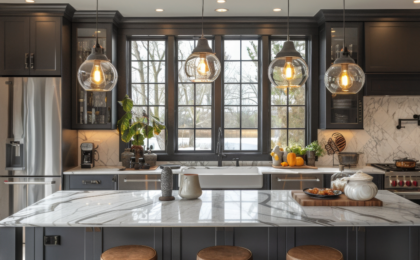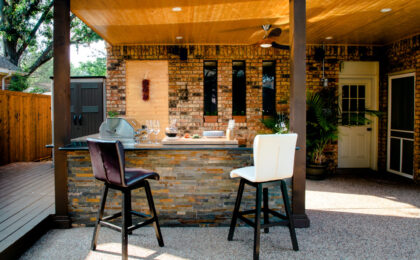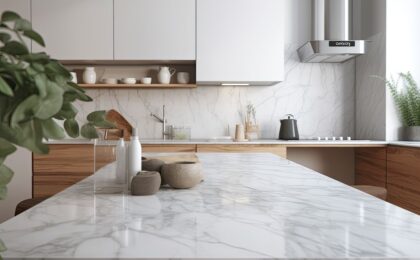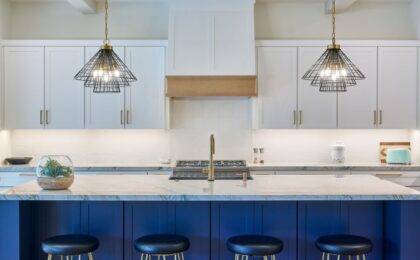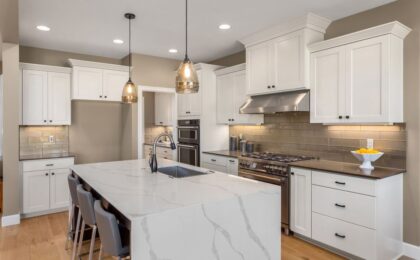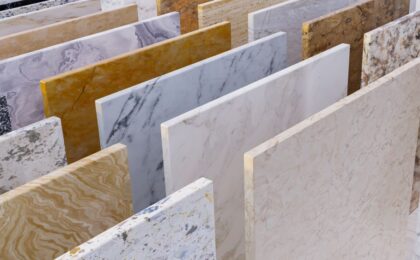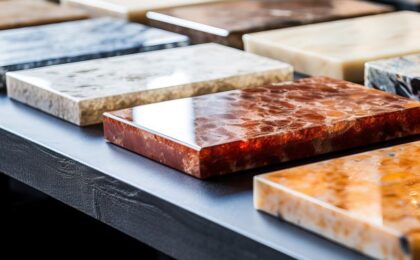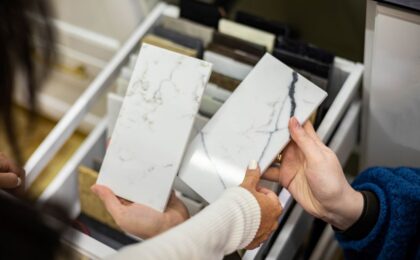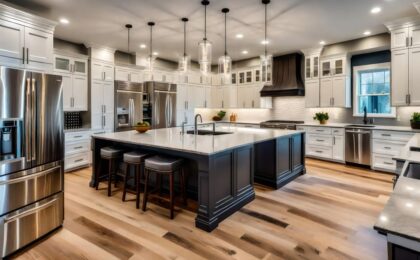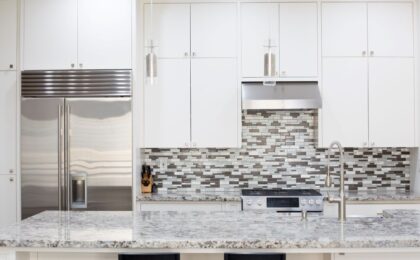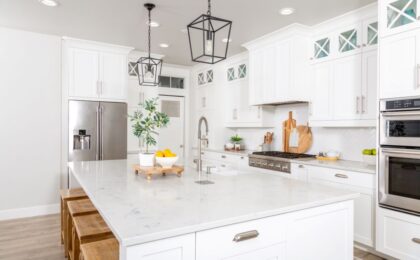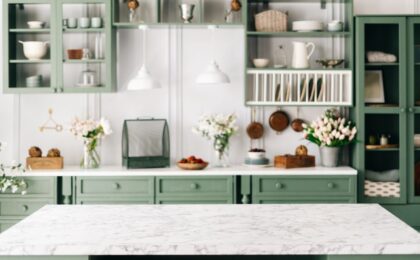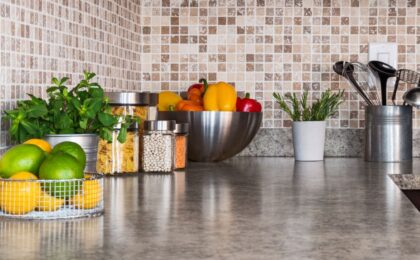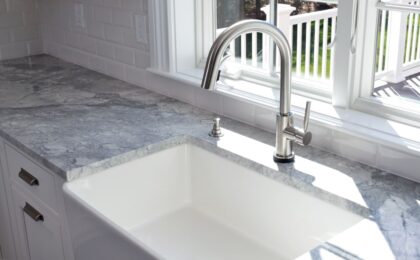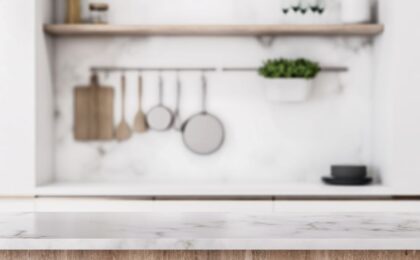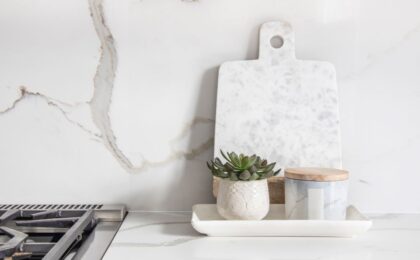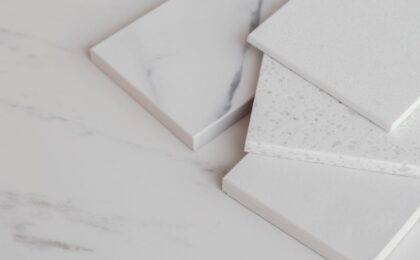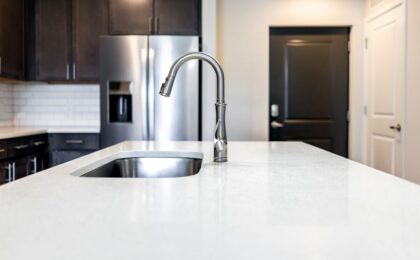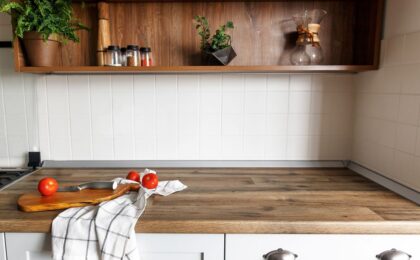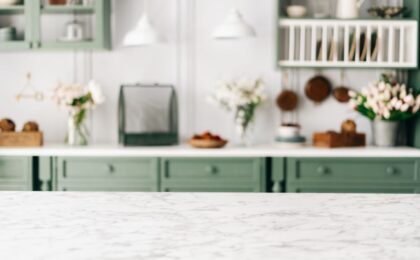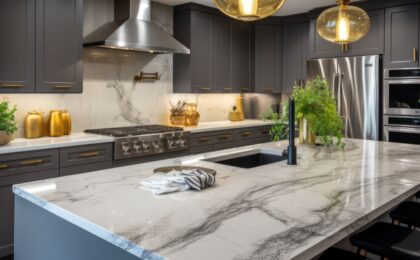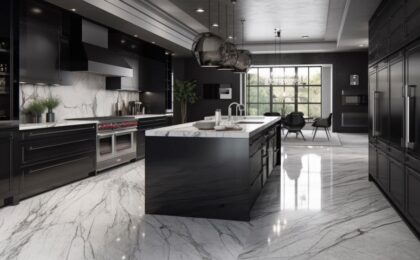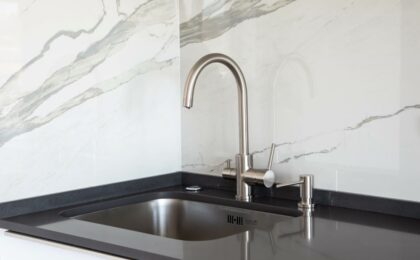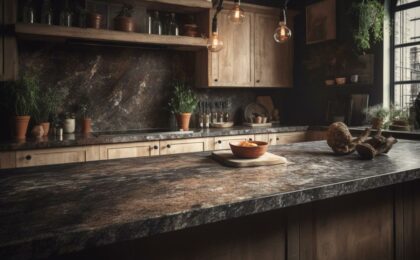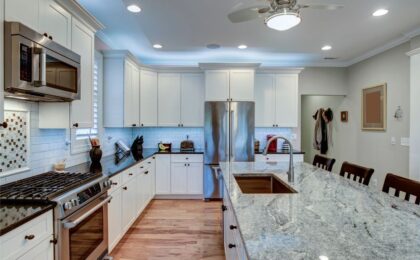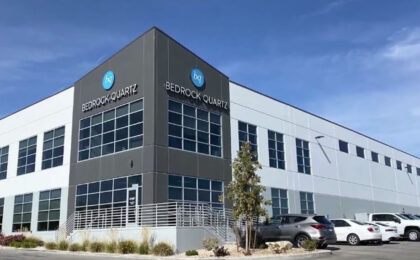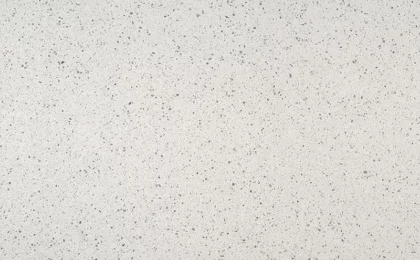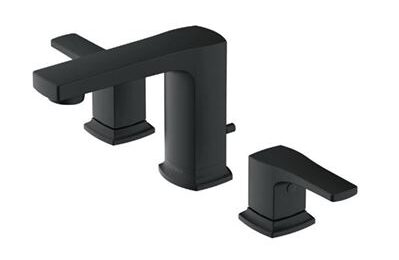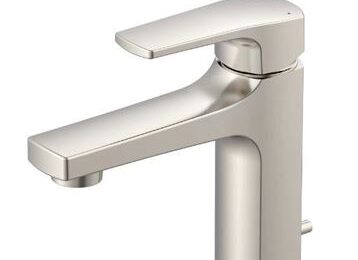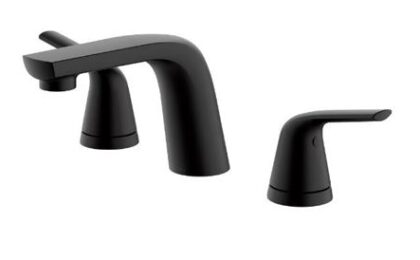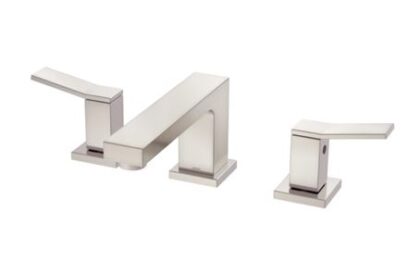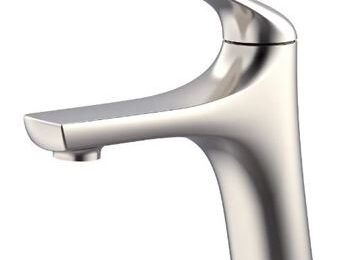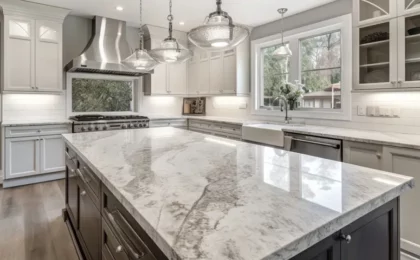Stonemasonry is known for some rather creative techniques that can get the most out of natural stone, both in terms of structural integrity and natural beauty. One of the aesthetic techniques is known as bookmatching. A stonemason who can bookmatch two slabs of stone with fine precision can create an amazing effect with granite countertops, marble countertops, or any other type of natural or engineered stone featuring veining patterns.
The question in our industry is whether bookmatching stones is appropriate for countertop applications. As a general rule, we would say no. To get the maximum effect from bookmatching and still stay within a reasonable budget, you need to be working with larger spaces. So perhaps a rather large island could work well for bookmatching. Yet a long and narrow countertop would not.
Bookmatching Basics
An explanation of what bookmatching is can be found in the word itself. Imagine creating a book cover using graphics manipulation software. If you could take the completed image, make a copy of it, and invert the copy along its vertical axis, you would end up with two images that could be joined seamlessly side-to-side.
Matching the identical images would result in the left image flowing seamlessly into the right. You essentially have mirrored images that fit together perfectly to create the illusion of a single image across both surfaces. It is a rather fascinating effect that can be accomplished with certain kinds of stone.
Bookmatching Stone Slabs
Stone slabs are cut to create everything from countertops to wall panels. The number of pieces a manufacturer can get out of a slab depends on the size of the slab. Here is the tricky part: not every piece cut from a single slab will have the same veining pattern. On a good day, you might get two or three slabs with identical patterns. So right off the bat, bookmatching is expensive.
Bookmatching would theoretically be easier with engineered stone products, like quartz. But even so, there are no guarantees. The veining patterns and colors in engineered stone can be subject to as much variety as their natural stone counterparts. Manufacturing processes are designed that way.
When Multiple Slabs Are Joined
The realities of bookmatching stone slabs suggest that the practice is generally impractical for kitchen countertop applications. Nonetheless, it is completely normal to choose slabs with similar veining patterns when a job calls for joining multiple slabs on a counter or island. The closer the veining patterns, the easier it is to minimize the visual impact of any seams. Additionally, you end up with a more natural looking finished product.
As dynamic and visually exciting as bookmatching is, the look isn’t as natural. The human eye is quick to catch on to the mirrored image bookmatching creates. Meanwhile, the brain knows that bookmatching doesn’t occur in nature. As such, the technique is designed for more avant-guard applications in which a stone mason really wants the finished product to stand up and demand attention.
You Can Do a Lot With Stone Countertops
Bookmatching aside, you can do a lot with stone in a modern kitchen. Both natural and engineered stone countertops are durable and tough. They are aesthetically pleasing as well. By combining a modern stone countertop with other designed features, you can make your kitchen look more modern and elegant than ever before.
Bedrock Quartz is pleased to offer quartz, marble, granite, and quartzite countertops in Utah. We invite you to visit any of our showrooms throughout the state. You will get high quality products coupled with a knowledgeable sales team, expert installation, and exceptional customer service.
